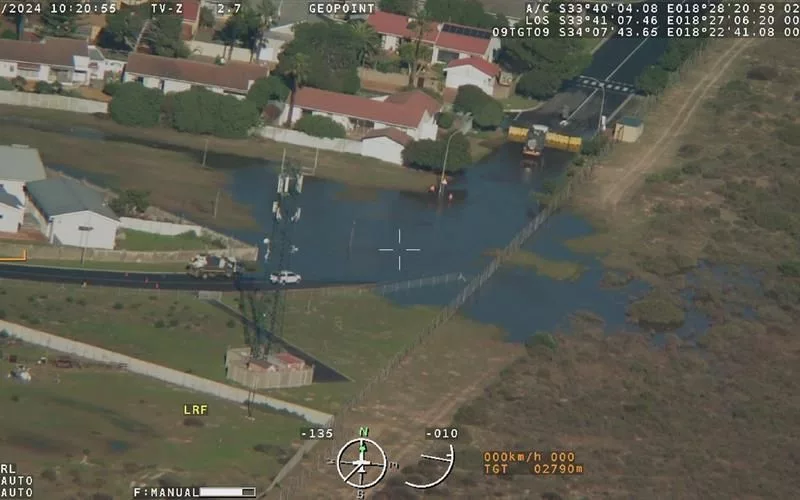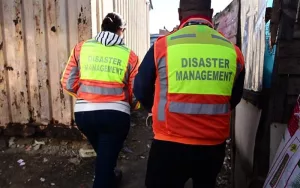Winter in Cape Town was tough in 20232024, with record rainfall and strong winds affecting over 167,000 people and damaging many homes. As the chill fades, the city’s Disaster Risk Management Centre stays alert, using new technology to help respond to future storms. Numerous organizations stepped up to provide aid, serving hot meals and distributing blankets to those in need. This challenging season taught Cape Town valuable lessons about community strength and the importance of being prepared for whatever nature throws its way. As the city looks ahead, its spirit of resilience shines bright, ready to face new challenges together.
Cape Town’s Disaster Risk Management Centre (DRMC) is preparing for potential hazards of the upcoming winter season by holding advisory forums, developing operational plans, and guiding residents to take an active role in protecting their homes and neighborhoods from potential weatherrelated threats. The city has experienced extreme weather incidents such as an intense drought and an increase in lightning strikes, fires, and strong winds. The DRMC plays a critical part in organizing the city’s initiatives to guarantee winter preparedness, identifying highrisk areas, carrying out educational outreach programs, and organizing relief efforts when required.
Theewaterskloof Municipality is fully equipped to face the danger as the South African Weather Service warns of potential destructive rain, thunderstorms, and flooding. The residents are advised to secure their belongings, disconnect electricity points, and comply with directives from law enforcement, emergency services, and disaster management personnel. Disaster response teams are on alert, and visible law enforcement bodies are deployed on all main routes to manage traffic and prevent accidents. Despite the looming threat, the spirit of Theewaterskloof shines brightly with its community’s resilience and endurance.
Heritage Day Long Weekend Weather: A Detailed Account of South Africa’s Extreme Weather Patterns
South Africa’s Heritage Day long weekend was marked by severe flooding across the Western Cape, highlighting the critical issue of climate change and its impacts. The South African Weather Service issued a Yellow level two weather warning for scattered to isolated showers and thundershowers, with potential impacts including localized flooding and disruption of essential services. Despite the challenges, local communities have shown incredible resilience in the face of adversity, working tirelessly to restore stability and normalcy to the affected areas. The events underscore the urgent need to address climate change and build a more sustainable and resilient future.
The recent extreme weather event in Cape Town has had a significant impact on the region’s tourism and hospitality industry, with many businesses forced to temporarily close due to damages. The hardesthit towns were Franschhoek, Kleinmond, Hermanus, Betty’s Bay, and McGregor. Accommodation facilities and restaurants were among the businesses most affected, and despite many having insurance coverage, some policies did not cover all damages and losses incurred. It is crucial for businesses to adapt and build resilience to prepare for potential future disasters.
On a quiet morning in Hanover Park, residents were hit by gale force winds that caused significant damage to properties and left three people injured. The South African Weather Service (SAWS) had issued a Yellow level two warning in anticipation of strong winds and large waves caused by a substantial cold front.
The South African Weather Service (SAWS) has warned of extreme cold, rain, and snow that South Africa is likely to experience for the next week. This adverse weather is expected to be caused by a cutoff low (COL) situated along the country’s west coast. The western regions of the Free State and North West provinces have already been affected by very cold temperatures.







